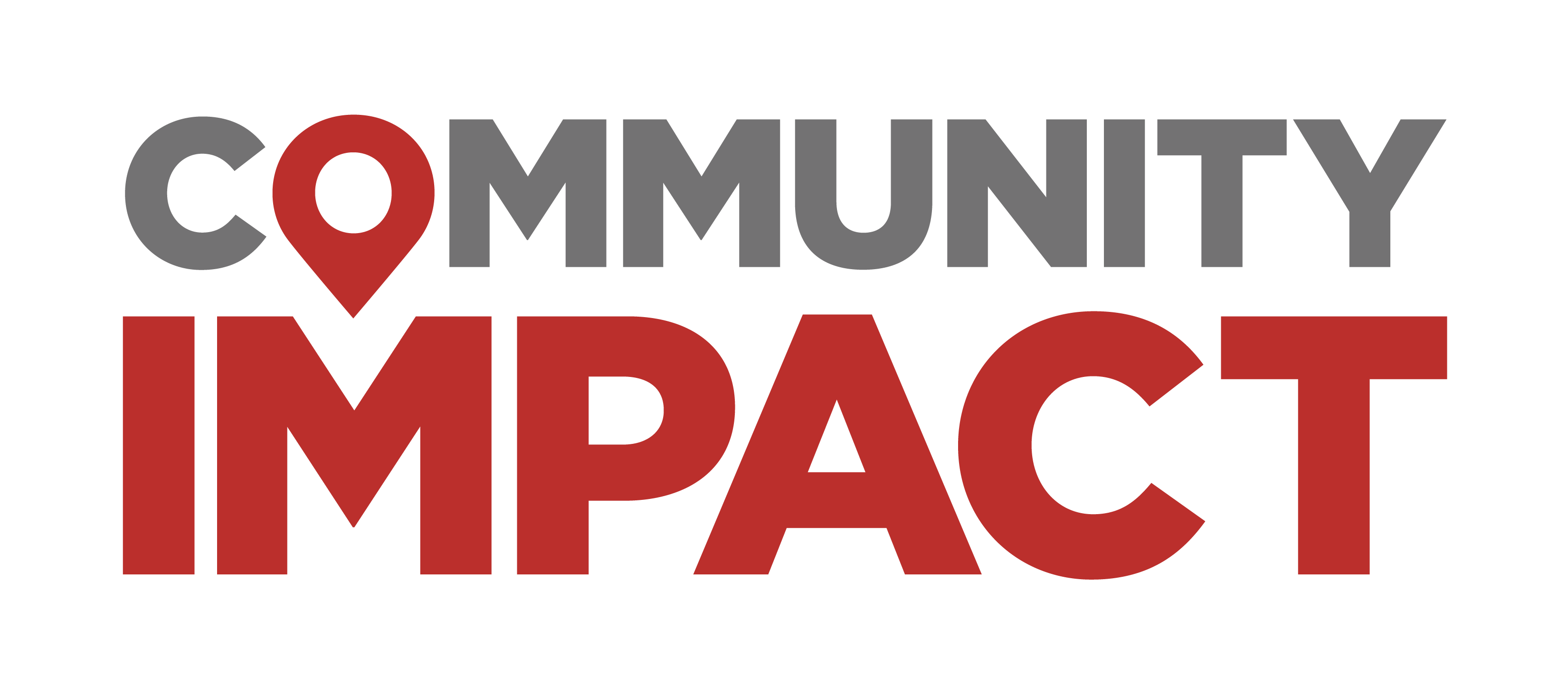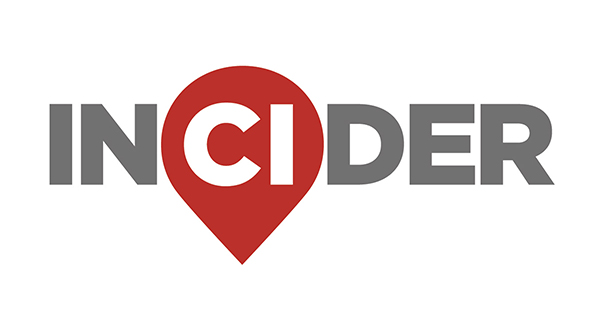Dripping Springs ISD officials are marking their second attempt to address chronic overcapacity through construction of a new high school.
The future of High School No. 2, improvements to all other campuses and technology upgrades depend on how voters respond to the bond this May election.
In November 2022, DSISD voters rejected a $481.13 million bond that would fund the construction of the new high school. Voters later approved a smaller bond in May 2023 that only included the design, and not the construction costs, for High School No. 2.
This year, district officials said they are hoping for a different outcome, citing overcapacity and the subsequent student outcomes as the need for the bond.
“Our high school is currently over capacity, and that limits student opportunities,” Superintendent Holly Morris-Kuentz said. “There are only so many seats in certain classes and electives, and so many spots in fine arts and athletic programs. So, adding a second high school gives students more opportunities in and out of our classrooms.”
Bond breakdown
The $402.3 million bond package is broken into two propositions. About 99% of the total bond package is Proposition A, at $399.7 million.
Almost 75% of the bond money from Proposition A would go toward funding for the second high school. The rest would fund items such as renovations at district campuses and bus upgrades.
Proposition B is $2.6 million to fund new technology devices and interactive panels in classrooms.
DSISD officials said they hope the developments from the bond will alleviate overcapacity in the district.
The why
DSISD officials said they have been working to address overcapacity throughout the district with new development projects. High School No. 2 would be their next objective.
Dripping Springs High School, already over its 2,500 capacity by 64 students, is projected to reach more than 3,000 students by the 2027-28 school year. That’s a year before the new high school would ideally open, according to the district’s long-range plan and Morris-Kuentz.
The newest high school campus off Darden Hill Road would double the district’s capacity for 9th-12th grade students. It would include a student plaza, separate buildings for fine arts and athletics, a junior-varsity stadium, student collaboration areas and more, according to preliminary designs.
Regardless of whether the bond passes, Morris-Kuentz said the current high school will need four portables in the short term. The district will start the process of installing those on the campus “as soon as school gets out,” she said.
Morris-Kuentz said that number would balloon to 10 portables by the 2028-29 school year if the bond does not pass, as Population and Survey Analysts predicts DSHS will have 3,200 students by then.
What people are saying
Lauren Caiella, co-chair of district advocacy group Friends of DSISD, said the bond could help improve student outcomes in the district through more offerings for trades, such as technology or culinary arts.
Some residents are concerned about the district’s University Interscholastic League 6A ranking potentially dropping to 5A because of enrollment changes. For DSHS senior and student athlete Jackson Mills, he said a new school means more teams, giving more students the chance to participate in sports.
Getting to class is also difficult because of overcrowding in the hallways, Mills said. Students can run late because of the bottleneck created when going from one class to another, he said.
Matt Walker, Friends of DSISD co-chair and former substitute teacher, said the additional space offered by a new high school also benefits teachers and staff.
Walker said that large class sizes and overcrowding can be difficult working conditions for teachers, leading to more turnover. Additionally, even with the extra classrooms portables offer, space in facilities at a school are still limited, he said.
Having upgraded infrastructure and addressing overcrowding at schools through the bond funding impacts how the board is able to manage the district operating budget, Walker said.
“The only way we can build new schools is through a bond,” he said. “Some of these repairs—if there’s not a bond for it—then yes, that comes out of the general fund, which then affects what we have on hand for teacher raises and teacher retention. It’s all interconnected.”
Keep in mind
The interest and sinking tax rate for this election is expected to remain the same at $0.35 per $100 of property value. The I&S tax rate is only used to pay off debts from voter-approved bonds. This is a separate tax rate from the maintenance and operations tax rate, which funds day-to-day expenses within the district, such as staff salaries, utility costs and classroom supplies.
The DSISD I&S tax rate has remained the same since 2016, according to district officials.
Although the I&S tax rate is expected to remain the same, one’s appraised market property value can impact their property tax bill.
As required by Texas law, the statement “This is a property tax increase” must be included on DSISD voter ballots, regardless of the bond’s impact on the tax rate, because the district is taking on more debt if the bond were to pass.
What's next
If the bond fails, district officials will have to look back at the bond package to determine what changes may need to be made to go up for another bond election, Morris-Kuentz said.
If the bond is approved by voters, Morris-Kuentz said she wants to “turn the dirt as quick as possible” for construction of the new high school to have the campus ready by 2028, which already has preliminary designs.
Early voting ends April 29. Election Day is May 3. For more information about the May bond, visit www.dsisdtx.us.





